How I Got An Agent, Or: My Writing Timeline
how i got an agent, or: my writing timeline
when i started writing, i had no idea how publishing worked and i had a lot of misconceptions about it. but i just signed my first literary agent so i thought i’d share what my experience has been getting to this point, in case it helps anyone else with their own publication goals. i’m also including financial details, like submission fees and income, because “i could never afford to pursue writing as a career” is something that kept me from taking the idea seriously.
for context, i write mostly literary fiction and i’m on the academic/scholarly writing path. this process looks a lot different for other genres.
i didn’t write this in my pretty nonfiction narrative voice; it’s really just the bare-bones facts of how it went down, how long it took, how many words i wrote (both fanfiction and original fiction), and how much it all cost.
Afficher davantage
More Posts from Lune-versatile and Others
some writing advice nobody asked for
- figure out why you write. is it a hobby? is it something you want to become your career? do you have intentions of going to print? then you'll have a better idea of what advice you need.
- experiment with scheduling versus writing whenever you fancy it. i'm reading on writing by stephen king right now for uni and he says that he sets himself a goal of writing 2,000 words a day. he gives a lot of good advice about writing but i won't put it all here because then it won't be my writing advice lol, but one thing he says is to get into a room with a closed door and no distractions (unplug the tv, turn off your phone/wifi etc), sit down, and do not leave that room until you have your 2,000 words. i did this in the final week of writing my novel and it worked wonders, even though i'm not usually the kind of person to start a writing session with a wc goal in mind!
- don't show people the first draft. this exists solely for you. show them the second, or maybe the third. the first draft's job is just to exist, not to be by any means brilliant. don't introduce unnecessary pressure or doubt by showing people the rough work (unless obviously this is your agent/editor because it's kind of what your job together is)
- try not to get too bogged down by the driving plot or clear arcs/ideas at first. people will tell you different things, so really it's about figuring out what works with your personal writing style, but in my experience i start with a vague idea or atmosphere, maybe a character or two. when i start with a central plot point (i.e. "i want this group of students to end up involved in a murder"), even if i do stick to that, the plot will grow and expand itself as you write. what began as the big, main, central part, becomes just one little part of a huge, rich plot. it's true when people say that books like to write themselves - your final draft will most likely look absolutely nothing like your original plan or even your whole first draft, and that's what i absolutely love about the craft.
- and finally, listen to more radiohead. alternately put "something in the way" by nirvana on loop. just trust me.
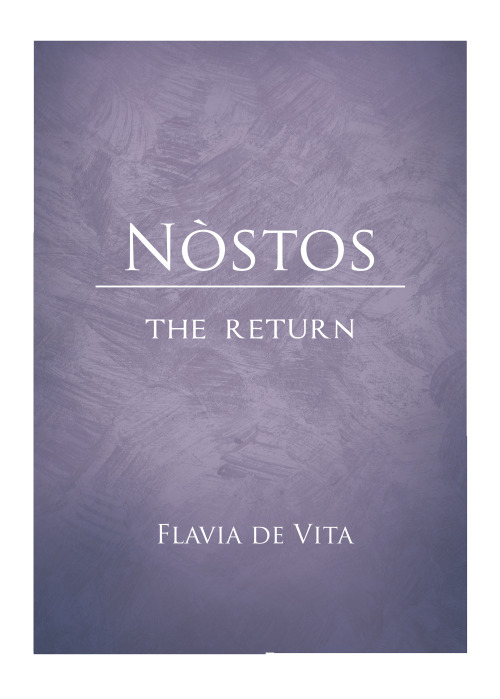
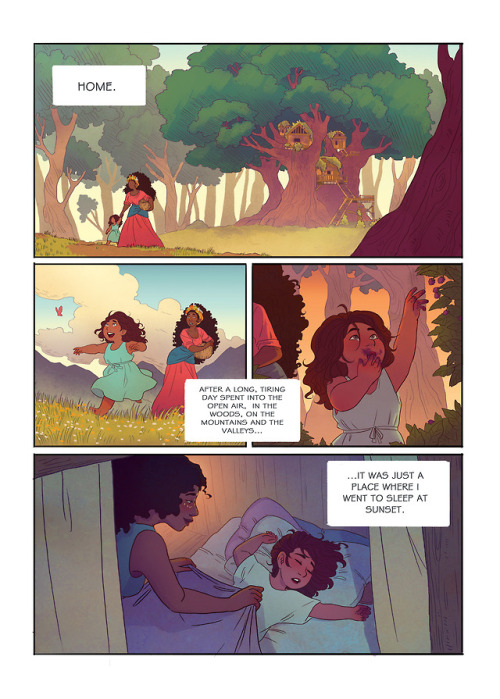
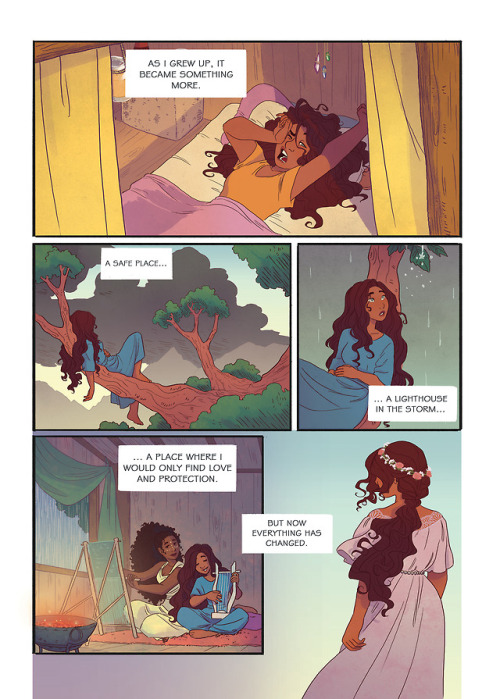
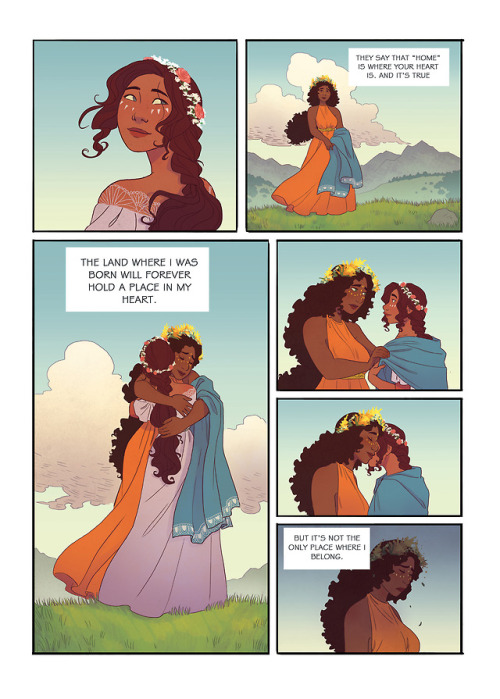
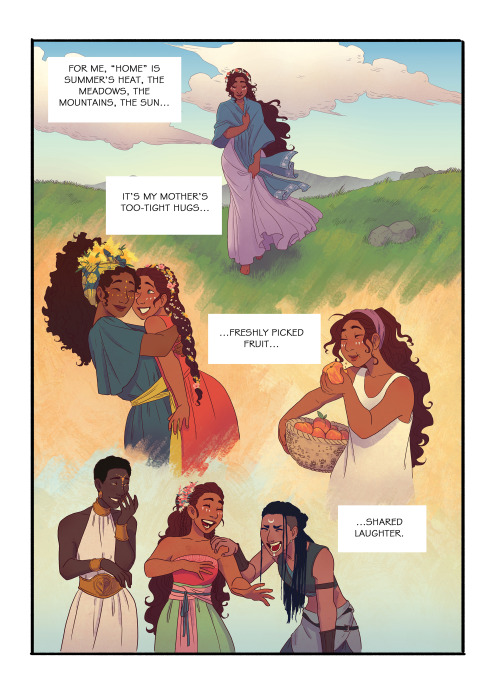
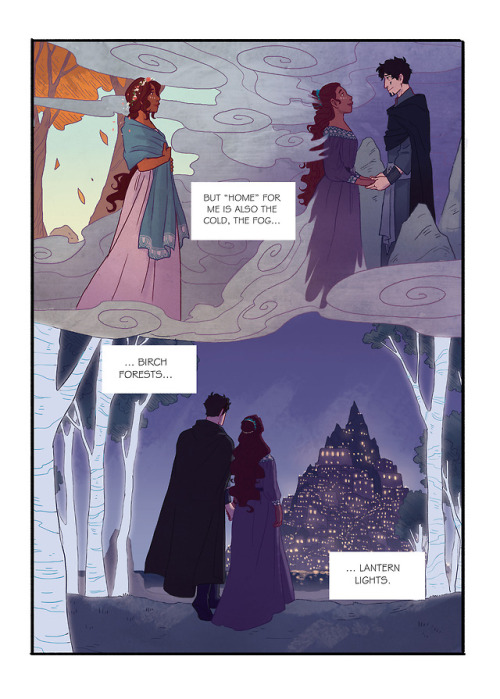
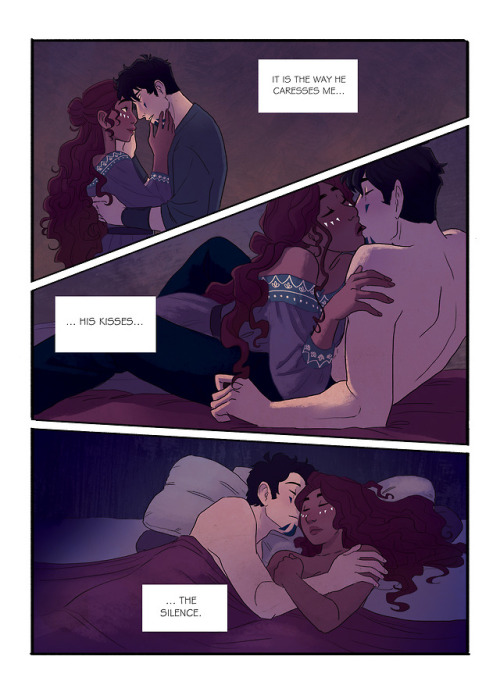
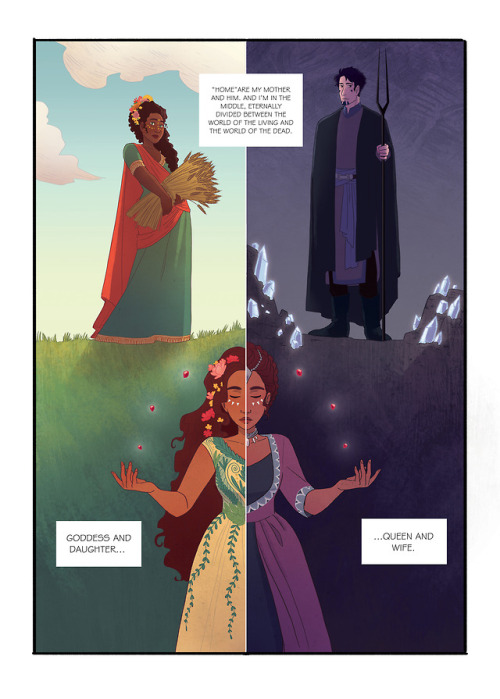
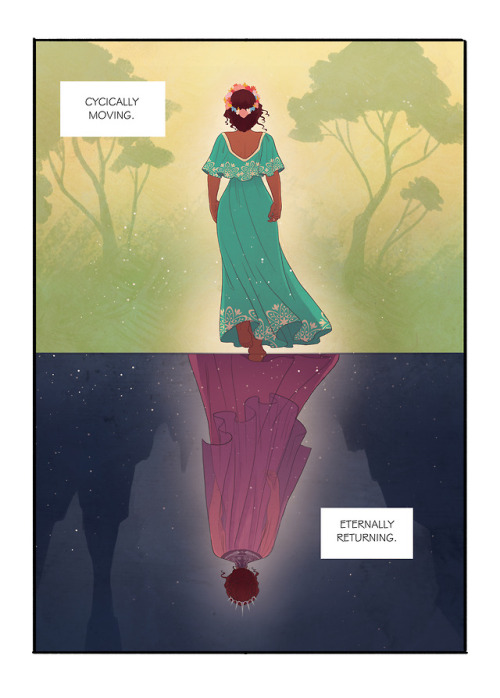
A short story I wrote this summer.
How do I write a dream sequence that actually feels dreamy and not just confusing or random? I want it to make sense in the story but still have that weird, surreal vibe dreams have.
Before writing a dream sequence, ask yourself: Why is this dream important?
A strong dream sequence serves a narrative purpose. It either reveals something critical about the character or moves the plot forward. For example, it might:
Highlight a character’s inner conflict, such as self-doubt or guilt.
Offer insight into a character’s fears, desires, or memories.
Foreshadow future events.
Explore the story’s themes.
Present an epiphany or realisation that changes the narrative direction.
When you define the purpose of the dream, you give it meaning and ensure it doesn’t feel like a random, disconnected scene.
Vivid imagery and sensory details
Dreams are often hyper-real or surreal. To truly immerse readers, fill your sequences with vivid imagery. Describe not just what the character sees, but also what they hear, smell, and feel. For example:
The air might feel oppressively heavy, as if the character is moving through water.
Colours could be unnaturally bright or pulsing, creating a sense of unease or wonder.
Sounds may echo strangely, or voices may change tones mid-sentence.
Sensory details are your best friend when crafting dreams. They help you draw readers into the scene, making the dream feel almost tangible without being constrained to what is possible.
The power of symbolism
Dreams are often symbolic, reflecting a character’s subconscious thoughts and emotions. A dream sequence offers a fantastic opportunity to use metaphors and symbols to deepen your narrative. For instance:
A crumbling staircase may represent a character’s feelings of insecurity.
A recurring image, like a locked door, could hint at a secret the character is repressing.
Objects or people in the dream might represent aspects of the character’s personality or unresolved relationships.
By embedding symbols, you can subtly communicate deeper layers of meaning to your readers while building suspense without having to state things outright.
Heightened emotion
In dreams, emotions are often exaggerated. A minor embarrassment can swell into overwhelming shame, and a fleeting joy might feel like euphoria. Use this to your advantage to explore your character’s emotional state. For instance:
A character struggling with grief might dream of a loved one, only for them to disappear when approached.
A character racked with guilt could find themselves pursued by shadowy figures.
Striking a balance between disorientation and logic
Dreams are naturally disorienting because they don’t follow the logical flow of reality. You can introduce elements like sudden scene changes, nonsensical dialogue, or impossible physics to create a truly dreamlike experience. For example:
A character might start at a family dinner, only to inexplicably swimming in an ocean of stars.
A trusted friend might appear with the face of a stranger.
Despite the inherent chaos of dreams, your sequence should still have some degree of narrative coherence. A good rule of thumb is to maintain a logical thread that allows the dream to fulfil its narrative purpose, even if the details are illogical.
Establishing atmosphere
The tone and atmosphere of your dream sequence should align with its purpose. Focus on creating a specific emotional response:
For a nightmare, use eerie, oppressive details, like a pulsating fog or distorted, echoing voices.
For a whimsical dream, evoke wonder with surreal and magical details, such as floating landscapes and shimmering light.
Choose your atmosphere carefully to enhance the emotional impact of the scene.
Types of dream sequences to explore
There are many types of dream sequences, and each serves a unique purpose. Here are some of the most common:
Foreshadowing dreams: These hint at future events, creating suspense or intrigue.
Nightmares: These reveal a character’s fears or anxieties.
Fantasy dreams: These involve magical or surreal elements, and are often used to explore themes, symbols, or metaphors.
Recurring dreams: These underscore unresolved issues or patterns in a character’s life.
Lucid dreams: These allow the dreamer to be aware they’re dreaming and possibly influence the dream’s outcome.
Realisation dreams: These provide moments of clarity or epiphany for the character.
Internal conflict dreams: These visually showcase a character’s inner turmoil, providing a unique way to “show, not tell.”
Linked dreams: These connect two or more characters through shared dreamscapes.
Keep it brief and meaningful
Dream sequences should enhance your story, not derail it. While they offer a chance to be wildly creative, keep them concise and focused. Avoid overloading readers with too much detail or overly prolonged scenes. Your audience should leave the dream sequence full or curiosity, not overwhelmed.
Seamlessly transition in and out
Transitions are crucial for dream sequences. Start with subtle hints, like a sound, a sensation, or a surreal visual that cues readers into the shift from reality to dream. Similarly, exit the dream gracefully, creating a smooth return to the waking world. This ensures that readers are not jarred out of the story.
Writing tips for a dreamlike feel
Use narrative distance to create a floaty, disconnected feeling that mirrors the sensation of dreaming.
Experiment with stream-of-consciousness writing for portions of the dream to mimic the fluid and unpredictable nature of thoughts in sleep.
Pay attention to pacing. Dreams often feel both slow and rapid—a contradiction you can reflect by alternating between drawn-out descriptions and sudden, abrupt moments.
Dream sequences are a space where your imagination can truly run free while still serving the story’s deeper purpose. When done well, they are memorable and meaningful, and leave a lasting impact. It’s a technique well worth exploring.
How do you find a balance between “show, don’t tell” and “readers might not catch/understand this subtle concept or showing it would be too convoluted or more open to interpretation than it needs to be”? It doesn’t help that everyone encourages more showing even if it swallowing little details that are supposed to stand out. Basically, I feel like I overthink my showing as being too tell-y even when it already has several layers of meaning and is already too dense for average readers.
“Show don’t tell” resources & advice...
I think people often mistake the advice of “show don’t tell” as being in the interest of making one’s writing more literary; more “high art” than candid prose typically is. The advice is intended to help one recognize when their prose is becoming dull or unengaging to the reader. Showing is supposed to promote an organically flowing reading experience, rather than turn the writing into a flowery, pretentious, and unintelligible mess. Finding a satisfying way to deliver information in the text that isn’t “I felt” or “I thought” is important. It should never dilute the information. Clarity comes first, and then one can configure the sentence to add as much richness to the reader’s ability to immerse themselves as possible.
If the desire is to show that the character is sad, writing that “she looked down at the floor and wrapped her arms around her own waist” is not going to be any less indicative of that information than “she felt sad”. That is the point of this advice. It is not a way for one to convert information into a code that the reader must analyze in order to comprehend the basic idea of what the scenes are about. This isn’t 1597, and nobody is asking anyone to be Shakespeare.
Density of a piece of writing does not give it inherent worth. Ease of comprehension doesn’t always have to be the number one priority, but it should be a considerable factor when one accounts for their audience and their subject matter. If one is writing a young adult fantasy trilogy, the density of the writing should be adherent to the demographic’s ability to comprehend certain writing styles. “Show, don’t tell” applies to all writing, but different writers interpret it differently, often based on who they’re writing for. If the concept you’re trying to convey to the reader in a subtle manner is not coming across without blurting it out in the text, perhaps the problem isn’t the way you’re describing it, but the concept is weak in its current state.
Easily misinterpreted meanings or concepts are often not the victim of descriptive style, but being underdeveloped sub textually. No important concept can be described once within a dense text and expected to translate as intended into the reader’s understanding. If it’s important enough to the bones of your story and meaning, it shouldn’t rely on the manner of description to shine through. Sometimes the density of a text is a product of too much intentional symbolism or motif. It’s okay to allow some things to be meaningful purely in interpretation. It’s okay to acknowledge that you allowed something that obviously implies meaning to be prescribed its implications by the readers.
Here are some of my other resources on the topic that you may find helpful:
Resources For Describing Characters
Resources For Describing Emotion
Conveying Emotions
All About Colors
A Writer’s Thesaurus
Showing VS Telling in First Person POV
Using Vocabulary
Balancing Detail & Development
+ When To Use “Felt”
Showing Vs Telling
How To Better Your Vocabulary & Description
Describing emotion through action
Improving Flow In Writing
How To “Show Don’t Tell” More
–
Masterlist | WIP Blog
If you enjoy my blog and wish for it to continue being updated frequently and for me to continue putting my energy toward answering your questions, please consider Buying Me A Coffee, or pledging your support on Patreon, where I offer early access and exclusive benefits for only $5/month.
hey do you have any tips on how to write surreal horror (mostly short stories?) it's a genre that i've really been interested in trying to write, but i'm not too sure how to go about it (and thanks for providing such a useful blog :D)
I love surreal horror.
Okay.
Plot twists are your best friend. Do the unexpected. Do a 180 last second, turn everything around on the reader. Obviously it has to be believable with in the context of the story, but keep it a surprise.
False sense of security? Works wonders. Nothing is safe. Let readers think something is good/pure/innocent/calm/safe/helpful/etc when it’s not. Lure them into that trap. Let them believe and then rip it away from them.
Invert things. Similar to the false sense of security. Take things that are usually strongly associated with one thing, and associate it with the opposite. Take something dark and make it the good thing. Take something bright and make it evil. Take something sweet and make it bitter. Take something healthy and make it deadly. If you do it right, you can make the reader curiously uncomfortable.
With surreal horror you want to shock your reader. You want to make them feel strangely uncomfortable. You want to make them question things.
Hope that helps :)
I'm not sure I can express this sentiment strongly enough, but I'm going to try via the medium of large bolded text.
Write what the fuck you want.
Write what makes you happy. Write what makes your soul sing. Write what fucks you up and makes you cry. Write what comforts you. Write what distracts you. Write what you want to read. Write what you want to watch.
Write what you want to dream about tonight.
Write what you can't get enough of. Write what you're completely obsessed with. Write what wakes you up at 4am and drags you out of bed because you can't stop thinking about what your characters are going to do next.
Write what turns you on, if that's your vibe. Write characters you're in love with and characters who inspire you and characters you want to be friends with and characters you fucking hate but oh my god they're so much fun.
Write about things you would sell your soul to do in real life and things you would never do in real life. Write about things that are happening right now and things that happened a thousand years ago and things that might happen in the future and things you wish could happen.
Write to get a publishing deal or to sell your books yourself or not to sell your books at all. Write for your friends or for strangers or for the people who reblog your posts on Tumblr and send you songs that remind them of your characters.
Write for yourself.
Fuck any system that tells you there's only one right way to create or one valid way to share your writing. Your story, the way you tell it, has so much value. Make people smile or piss people off or do both of those things because art is divisive and fascinating and beautiful.
Start writing. Keep writing. And write what the fuck you want.
Master List: Motivation
Guide: Dealing with Self-Doubt & Impostor Syndrome Guide: How to Rekindle Your Motivation to Write Guide: Filling Your Creative Well 5 Reasons You Lost Interest in Your WIP, Plus Fixes! Would Rather Be Doing Other Things Feeling Unmotivated with WIP Getting Unstuck: Motivation Beyond Mood Boards & Playlists Writing and Depression Trouble Getting Started Getting Your Writing Magic Back After a Break Building Confidence in Your Writing Even When You Suck Writer’s Block Have Plot, Can’t Write Concentrate on Quantity at First, Not Quality Want to Write but Can’t Come Up with a Plot How Do You Know if Your Story is Good Getting Excited About Your Story Again It’s Never Too Late to Become a Writer Comparing Self to Others, Insecure About Writing
Writing Related Fears:
Overcoming Embarrassment Over Own Writing Getting Over Fear of Comparison Diversifying a Story That’s Similar to Existing Story Stopped by Fear of Editing Worried About Writing Style Delaying Writing Out of Fear Finding the Courage to Share for the First Time Afraid of Looking Back and Seeing Bad Writing Afraid of Ideas Being Stolen or Copied Once Shared Afraid of Openly Sharing Writing
Helloooo! Do you have a particular method or tips for when creating and developing a character?
Hi :)
Sorry this took me some time, but there is so much I could talk about here. So I try to go with some basics.
How to create a character
Make a character sheet
some examples for what I usually try to find out about my characters, regardless which genre I’m writing in
basics
name, age, place of birth, where they live, nationality, ethnicity, education, occupation, religious affiliation, financial status, gender identity, sexual orientation
physical appearance
eye, hair and skin colour
distinguishing features (tattoos, birthmarks, scars, visible disabilities,...)
height and weight (proportions!)
walk (slow, fast, skipping,...)
tics and mannerisms (touching their face, blinking, grinding their teeth,...)
speech patterns and communication style
talk (slow, fast, slurred etc.)
accents and dialects
using slang, sounding educated, trying to hide a dialect/accent etc.
do they talk with their whole body? (gestures?)
extra question for speech and physical appearance: can people tell where the character is coming from and what influences they have from their heritage?
past and present
how did they grow up?
happy memories
academic career
hobbies
past trauma or important turning points that still influence their life
specific lifestyle
social and political ideology
future
dreams and goals
expectations from themself and from outside
Relationship maps
for longer stories it’s even more important to understand your characters relationships to each other
two different approaches:
1. proper list of family, friends, love interests, “enemies”, everyone else
family
who is still alive and where do they live?
who did they grow up with?
what was and what is their relationship?
friends
how long do they know each other?
would they trust them with a secret?
how close are they?
love interests
what is their relationship status?
what do they like about them?
is it reciprocated?
if they are not together why not?
“enemies”
how do they know each other?
what do they not like about each other?
did they always hate each other?
can their relationship become better?
2. love, like, hate categories
make a list of people your character loves (use the different forms of love: romantic, familial, friendly,...)
make a list of acquaintances
make a list of people they dislike and people who dislike them
you could even try to draw their relationships with each other
make sure you include if the relationship changes throughout your story
Those are just some basic things I could think of that I usually like to write down about my characters. Depending on the story there are some variations of this and more information about specific topics.
Pro tip for developing your characters: write short stories or little sequences with your characters that don’t neccessarily have anything to do with your story. I think of it as fanfiction of your own work. Put your characters with their intended roles and relationships in different situations and just write and let it play out. This is a good tool to find out if and how the characters work together. And it can even give you new ideas for their relationships to each other and new skills or habits for your characters. It’s basically a test run for your cast before you go into your bigger story.
And one last important thing: don’t get too stuck on an idea. Characters can sometimes develop a life of their own. You don’t always have a conscious control over them. So don’t be afraid to change it if something is not working out or you find something else that is working even better.
This took me such a long time and I hope it makes sense and helps you with your writing. Good luck!
- Jana
-
 obssesedwithscandaledits liked this · 2 years ago
obssesedwithscandaledits liked this · 2 years ago -
 stabbedinthenameofscience reblogged this · 3 years ago
stabbedinthenameofscience reblogged this · 3 years ago -
 stabbedinthenameofscience liked this · 3 years ago
stabbedinthenameofscience liked this · 3 years ago -
 unrecorded liked this · 3 years ago
unrecorded liked this · 3 years ago -
 milkbowl reblogged this · 4 years ago
milkbowl reblogged this · 4 years ago -
 bookishfae reblogged this · 4 years ago
bookishfae reblogged this · 4 years ago -
 vwmn liked this · 4 years ago
vwmn liked this · 4 years ago -
 zukkacore liked this · 4 years ago
zukkacore liked this · 4 years ago -
 nbstevonnie liked this · 4 years ago
nbstevonnie liked this · 4 years ago -
 surfinggrimreaper liked this · 4 years ago
surfinggrimreaper liked this · 4 years ago -
 rabidbehemoth liked this · 4 years ago
rabidbehemoth liked this · 4 years ago -
 endless-ramblings reblogged this · 4 years ago
endless-ramblings reblogged this · 4 years ago -
 khofe-sho liked this · 4 years ago
khofe-sho liked this · 4 years ago -
 thebookofjonah liked this · 4 years ago
thebookofjonah liked this · 4 years ago -
 quiteparticularaboutmylibrary liked this · 4 years ago
quiteparticularaboutmylibrary liked this · 4 years ago -
 vanwolffen liked this · 4 years ago
vanwolffen liked this · 4 years ago -
 atombombwanderer reblogged this · 4 years ago
atombombwanderer reblogged this · 4 years ago -
 goldoans liked this · 4 years ago
goldoans liked this · 4 years ago -
 squidclaws reblogged this · 4 years ago
squidclaws reblogged this · 4 years ago -
 squidclaws liked this · 4 years ago
squidclaws liked this · 4 years ago -
 lune-versatile reblogged this · 4 years ago
lune-versatile reblogged this · 4 years ago -
 lune-versatile liked this · 4 years ago
lune-versatile liked this · 4 years ago -
 partyingwiththeghostsinhell liked this · 4 years ago
partyingwiththeghostsinhell liked this · 4 years ago -
 nana-glass-chillhop-radio-hour liked this · 4 years ago
nana-glass-chillhop-radio-hour liked this · 4 years ago -
 definitelynot-darcy liked this · 4 years ago
definitelynot-darcy liked this · 4 years ago -
 lovidaze reblogged this · 4 years ago
lovidaze reblogged this · 4 years ago -
 lovidaze liked this · 4 years ago
lovidaze liked this · 4 years ago -
 littlesparkles liked this · 4 years ago
littlesparkles liked this · 4 years ago -
 dk8 liked this · 4 years ago
dk8 liked this · 4 years ago -
 postscriptvm reblogged this · 4 years ago
postscriptvm reblogged this · 4 years ago -
 sorry-sucker liked this · 4 years ago
sorry-sucker liked this · 4 years ago -
 saloume liked this · 4 years ago
saloume liked this · 4 years ago -
 thefunindisfunctional liked this · 4 years ago
thefunindisfunctional liked this · 4 years ago -
 maduckys liked this · 4 years ago
maduckys liked this · 4 years ago -
 gayinblush liked this · 4 years ago
gayinblush liked this · 4 years ago -
 endless-ramblings liked this · 4 years ago
endless-ramblings liked this · 4 years ago -
 even-subtext-is-canon reblogged this · 4 years ago
even-subtext-is-canon reblogged this · 4 years ago -
 even-subtext-is-canon liked this · 4 years ago
even-subtext-is-canon liked this · 4 years ago -
 cryovulcanism liked this · 4 years ago
cryovulcanism liked this · 4 years ago -
 storieswhispered liked this · 4 years ago
storieswhispered liked this · 4 years ago -
 violetcancerian liked this · 4 years ago
violetcancerian liked this · 4 years ago -
 nickjgoodsell reblogged this · 4 years ago
nickjgoodsell reblogged this · 4 years ago


